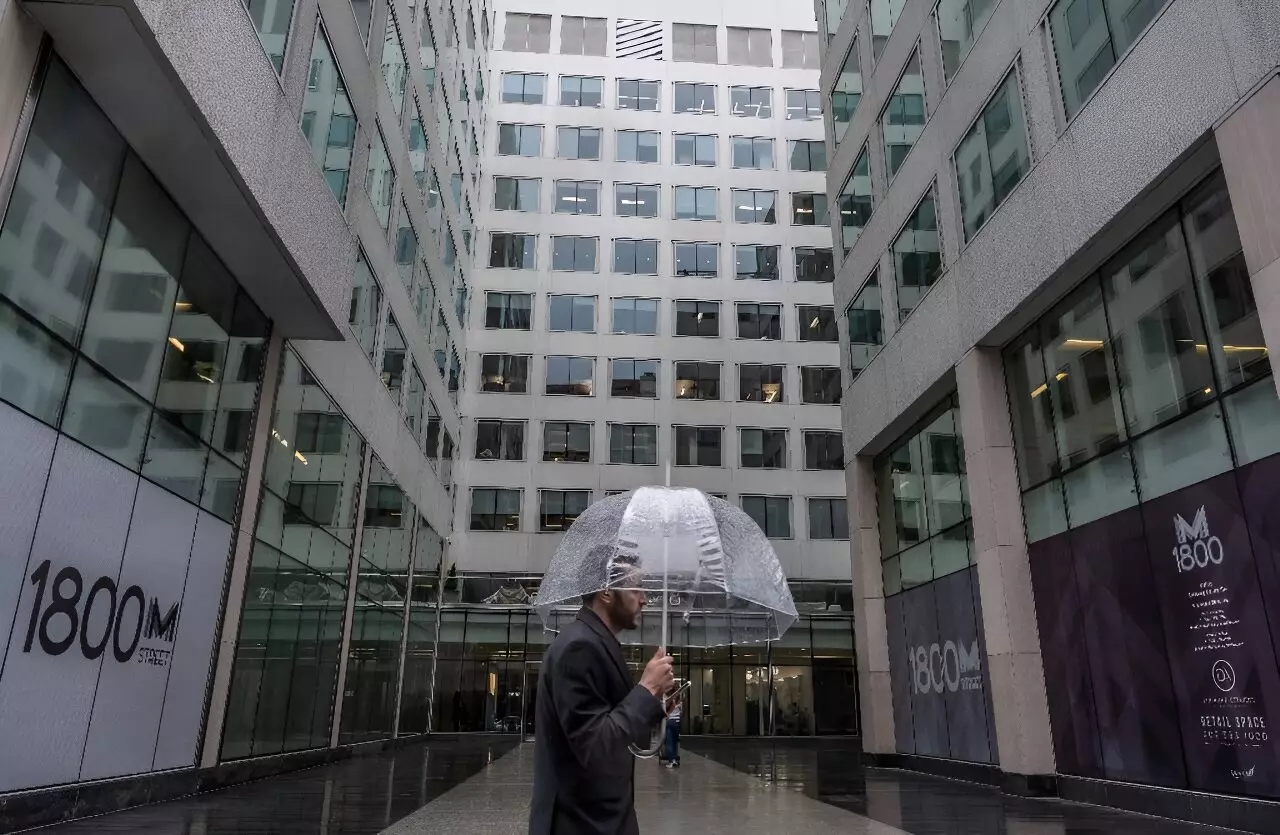The rise of remote work in the United States has resulted in a significant decrease in office occupancy rates across major cities. Offices in San Francisco, Washington, and New York are now seeing only half the number of employees compared to pre-pandemic levels. This shift in work patterns has led to a rise in office vacancy rates from 9.5 percent in 2019 to 13.5 percent in 2023, with projections suggesting it could reach 16.6 percent by the end of the following year.
As a consequence of the increased office vacancies, the commercial real estate sector has witnessed a loss of one-third of its value. This decline has put pressure on property owners as the value of their assets falls, risking losses on property loans. Fitch Ratings reported in December that of the $737 billion in office property mortgages, approximately $206 billion are set to mature this year. However, with interest rates at their highest in over two decades, refinancing these loans could prove challenging, particularly in cities with high vacancy rates and lower valuations.
The potential risks associated with the decline in commercial real estate values extend beyond property owners to smaller banks that may face losses on loans. Federal Reserve Chair Jerome Powell warned of possible bank failures due to the significant drop in office occupancy rates. He highlighted the possibility of a “chain reaction” where banks may experience defaulting borrowers, putting stress on their capital. This could have broader implications for the financial system and impact institutions such as retirement funds or insurance companies that hold commercial real estate assets.
While larger institutions may have the capacity to absorb some losses, smaller banks are at a higher risk of facing financial strain. These institutions, along with retirement funds and insurance companies, are not subject to the same regulatory requirements as larger banks, making them more vulnerable to the impact of falling property values. The Federal Reserve is working closely with banks that have high concentrations of commercial real estate assets to mitigate the risks associated with the declining office values.
If commercial properties are sold for less than anticipated, it could trigger a domino effect in the financial sector. Banks may need to reassess their potential losses and increase credit loss provisions to cover them. The recent struggles of New York Community Bancorp, which reported a $185 million provision for the last quarter due to a deterioration in its real estate loan portfolio, exemplify the challenges faced by smaller banks in the current economic climate.
The shift towards remote work has had a profound impact on the commercial real estate sector in the United States. The decline in office occupancy rates and property values pose significant risks to property owners, lenders, and financial institutions. It is crucial for stakeholders to assess the potential consequences of these changes and work towards developing strategies to navigate the challenges posed by the evolving work landscape.


Leave a Reply